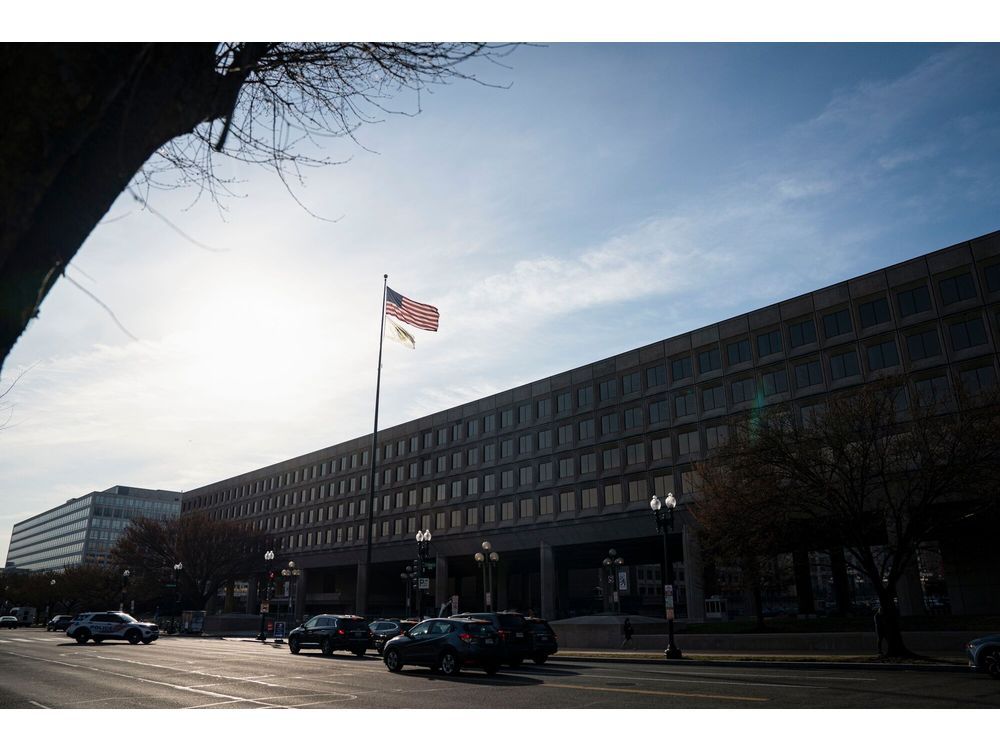Voluntary liens are crucial in finance and property ownership. They play a big role in making sure that loans are secure and that lenders feel confident giving out money.
Understanding voluntary liens can help anyone looking to buy property or secure a loan. It plays a crucial role in real estate transactions and can affect the buying process.
What is a Voluntary Lien?
A voluntary lien happens when a property owner willingly gives someone else a legal claim to their property as a guarantee for a loan.
The property owner agrees to this arrangement with the lender, using the property as a kind of backup if they can’t pay back the loan.
If the borrower fails to make the required payments, the lender can take the property to recover the money.
This setup helps lenders feel secure about lending money because they know they have the property as collateral.
Voluntary liens are common in situations like mortgages, where the house itself secures the loan. Understanding this concept is key for anyone dealing with property and loans.
How Voluntary Lien Works
A voluntary lien works by allowing a property owner to use their property as a guarantee for a loan. The property owner agrees to give the lender a legal claim to the property, which means the lender can take the property if the loan isn’t repaid.
This agreement is made willingly by both parties – for example, when someone takes out a mortgage, they give the bank a lien on their house. If the mortgage payments aren’t made, the bank can take the house to recover the money.
This system helps lenders feel safe about lending because they know they have the property as security. Understanding this process is important for anyone borrowing money with property involved.
Types of Property that Fall Under Voluntary Lien
Voluntary liens can be placed on various types of property. The most common type is real estate – houses, apartments, land, etc. However, they can also be placed on personal property such as vehicles or other valuable assets.
For instance, if someone takes out a car loan, the lender may put a voluntary lien on the vehicle until the loan is paid off – this means that if the borrower defaults on their payments, the lender can repossess the car to recoup their losses.
Real estate and personal property are not the only types of assets that can have voluntary liens. Businesses can also use their tangible and intangible assets as collateral for loans, such as inventory or intellectual property.
Difference Between Voluntary and Involuntary Liens
The key difference between voluntary and involuntary liens is the willingness of the property owner – as mentioned, a voluntary lien agreement is made willingly by both parties.
On the other hand, an involuntary lien is placed on a property without the owner’s consent – involuntary liens are usually court-ordered and can occur for various reasons such as unpaid taxes, lawsuits, or debts owed to creditors.
It is important to note that involuntary liens take precedence over voluntary liens in terms of repayment.
Conclusion
Voluntary liens play an essential role in the lending industry by providing security for lenders and allowing borrowers to access credit. It is crucial for borrowers to fully understand the implications of placing a voluntary lien on their property and ensure they are able to fulfill their repayment obligations.
Further questions
What's your question? Ask it in the discussion forum
Have an answer to the questions below? Post it here or in the forum




